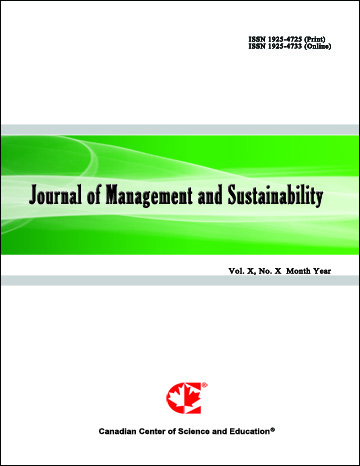Use of Advanced Technologies for Topographic Surveys in Civil Construction
- Márcia Macedo
- Bianca Ferreira
Abstract
The complexity that has characterized market relations in recent years, with demands for product and process innovation, has even had repercussions on more traditional activities, such as the civil construction segment. Behind only agriculture, the construction industry represents 13% of the global GDP and its volume is US$ 8 trillion per year. However, construction projects often exceed budget by 80%, and deadlines by 20 months. Between 8% and 10% of productivity gains are related to the insertion of technologies (IPEA, 2022). In the field of civil construction, these digital technologies, such as cloud computing, automation, virtual reality and augmented reality, 3D modeling, communication applications and BIM—Building Information Modeling and even machine learning, have been called Construction 4.0. This article evaluates the feasibility of replacing the use of Terrestrial Laser Scanner (TLS) by the use of Unmanned Aerial Vehicles (UAV). For this, it presents a comparison in the use of equipment for carrying out planimetric surveys in civil construction, using as an example the UAV and the TLS—more modern equipment, in addition to the total station—more conventional equipment—for surveying control points. The results show that in the UAV image processing, the RMSE presented a centimeter accuracy (1.93044 cm) for the model. Even if the accuracy of the models generated by TLS is millimetric, it can be considered that the results obtained here were satisfactory, however it is necessary to apply imaging techniques more efficiently to obtain a more accurate product, in order to arrive at millimeter accuracy. Studies on better positioning of targets and georeferencing of models would also be of great contribution to applications in civil construction.
- Full Text:
 PDF
PDF
- DOI:10.5539/jms.v13n2p17
Journal Metrics
Google-based Impact Factor (2021): 1.54
h-index (July 2022): 37
i10-index (July 2022): 147
h5-index (2017-2021): 12
h5-median (2017-2021): 19
Index
- Academic Journals Database
- ANVUR (Italian National Agency for the Evaluation of Universities and Research Institutes)
- CAB Abstracts
- CNKI Scholar
- EconBiz
- Excellence in Research for Australia (ERA)
- GETIT@YALE (Yale University Library)
- Harvard Library
- HeinOnline
- Infotrieve
- JournalTOCs
- LOCKSS
- MIAR
- PKP Open Archives Harvester
- RePEc
- Scilit
- SHERPA/RoMEO
- Stanford Libraries
- UCR Library
Contact
- Evelyn XiaoEditorial Assistant
- jms@ccsenet.org
